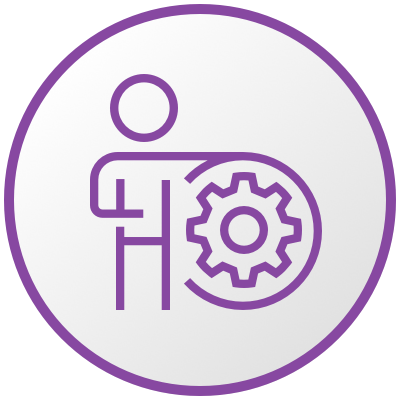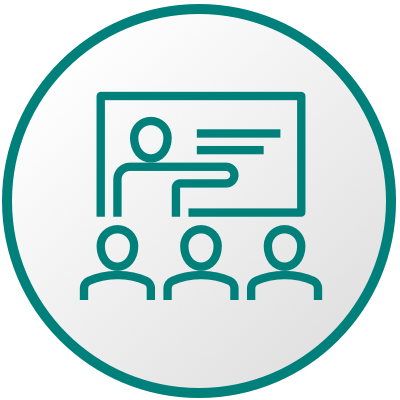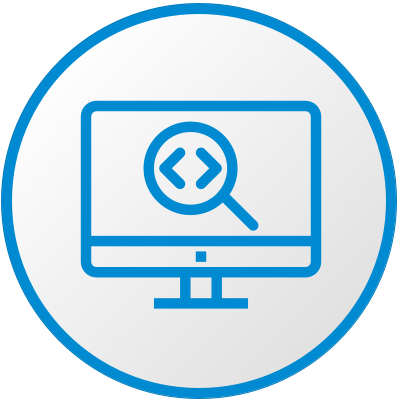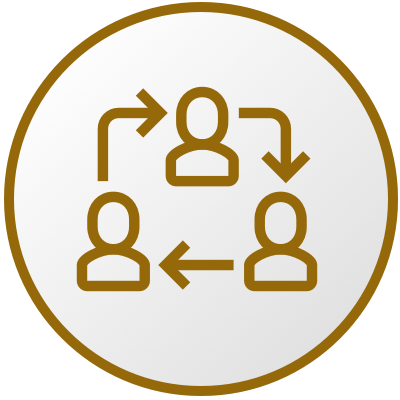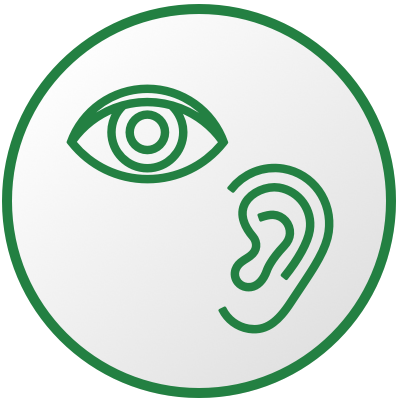ATiA 2024 Conference. Virtual Event. Live Jan 25-27 + recordings thru April 30th.
Back to Virtual Event Registration OptionsATIA 2024 Session Strands
The ATIA 2024 Virtual Event education program is planned around nine Strands and two themes to provide a balanced approach to explore the most important questions and issues facing AT professionals today, allowing you to focus on a specific area of interest or need. For more information, please visit the ATIA 2024 Strand page on the ATIA website.
Learn about each strand below and click the button within each strand's description to view all Virtual Event sessions included in that strand once the education program is released in mid-September.
ATIA 2024 Session Strands
- Supporting Partner:

- Jeannie Krull, MS/CCC-SLP, ATP, CAPS; Assistant Executive Director, North Dakota Assistive; Representing ATAP
- Wendy A. Rogers, PhD, Khan Professor of Applied Health Sciences, University of Illinois Urbana-Champaign
This strand will also focus on assistive technology (AT) delivery systems for aging in place; AT funding mechanisms; research including the return on investment of AT for Aging; reducing caregiver burnout with AT; home modifications for aging in place; and other Aging and AT-related systems.
Who would benefit from this strand? All stakeholders and service providers in the Aging in Place movement as well as anyone helping those who are aging to thrive in their communities no matter where they live. These include nurses, Money Follows the Person Transition Coordinators, Medicaid Waiver case managers and other social workers, occupational therapists, physical therapists, speech-language pathologists, rehab engineers, assistive technology professionals, aging researchers, certified aging in place specialists, state government Aging services and Area Agencies on Aging, those who support aging adults with intellectual and developmental disabilities, and consumers and their loved ones, including family care partners such as spouses and adult children of aging parents.
- Supporting Partners:

- William E. Janes, OTD, MSCI, OTR/L, Assistant Professor, Department of Occupational Therapy, University of Missouri; Representing Technology Special Interest Section, AOTA
- Judith Schoonover, MEd, OTR/L, ATP, FAOTA, AT Consultant; Representing Early Intervention & School Special Interest Section, AOTA
- Therese Willkomm, PhD, Director of Assistive Technology in New Hampshire, Institute on Disability at the University of New Hampshire (UNH); Representing RESNA
Sessions in this strand will focus on emerging and existing technologies or systems for: Alternate keyboard/mouse, eye gaze, head pointers, scanning, switches, innovative text entry, environmental control units (ECUs), mobile devices and apps, mounting devices, functional seating and mobility, home modification, activities of daily living, adaptive recreation and sports, and improved public access.
Topics in this strand may be of special interest to occupational therapists, physical therapists, speech-language pathologists, special educators, engineers, assistive technology professionals, transition coordinators, independent living specialists, Makers, consumers, as well as others who support individuals with disabilities and functional limitations that may impact access, participation, productivity, and achievement.
- Supporting Partner:

- Amy Goldman, President, USSAAC
- Angela Standridge, Director, Texas Technology Access Program; Representing ASHA AAC SIG 12
- Carole Zangari, Professor & Executive Director, NSU CARD Satellite, Nova Southeastern University
- Lori Geist, PhD, CCC-SLP, Assistant Professor at the Center for Literacy & Disability Studies, Department of Allied Health Sciences, School of Medicine, University of North Carolina at Chapel Hill; Representing the ATIA Research Committee
- Supporting Partner:

- Kelly Fonner, MS, Assistive Technology Consultant/Special Education Teacher
- Maggie Pickett, Senior Technical Assistance Specialist, CAST
- Cynthia Curry, Director of Technical Assistance, CAST
- Supporting Partner:

- Rob Carr, Strategic Accessibility Coordinator, WebAIM
- Mike Marotta, ATP, AT Specialist; President, Inclusive Technology Solutions, LLC; ISTE Inclusive Learning Network's 2017 Outstanding Educator Award Recipient
Topics in this strand may be of interest to developers, designers, testers, content creators and others involved in the design and development life cycle; managers and executives who support the implementation of accessibility and accessible/assistive technology; and users with disabilities and the direct service providers working to implement inclusive technology solutions.
- Supporting Partners:


- Teresa Goddard, Lead Consultant, Job Accommodation Network (JAN)
- Luis Perez, Disability and Digital Inclusion Lead, CAST
Technologies and situation-based strategies matched to these processes, including innovative employment models, enable and empower young people with disabilities to not only find employment opportunities, but also to sustain employment for the long term. Similarly, applicants and employees with disabilities may benefit from various assistive technologies, strategies, and supports throughout the employment life cycle.
Presentations will emphasize the successful use of assistive and employer-based technologies, innovative employment preparation models, and/or case studies for transitioning students and entry-level professionals, or employees and applicants with disabilities at various employment stages.
- Supporting Partner:

- Rachael Sessler Trinkowsky, PhD, CRC, CATIS, Technology Training and Vocational Coordinator, Lighthouse for the Blind of the Palm Beaches; Representing ACVREP
- Carmelina Hollingsworth, Project Director, Resource Materials and Technology Center: Deaf/Hard of Hearing (RMTC-D/HH)
- Supporting Partner:

- David Banes, Director, David Banes Access and Inclusion Services UK
- Cynthia Curry, Director of Technical Assistance, CAST
Topics include but are not limited to Leadership Principles and Sustaining Practice such as strategic approaches to addressing needs; developing improvement plans, using data, and assessing impact; thought leadership; and using research-based methods of systems change.
- Strand Advisors:
- Anya Evmenova, PhD, Professor in the College of Education and Human Development, George Mason University; Representing the Assistive Technology Outcomes and Benefits Research Journal (ATOB)
- Lori Geist, PhD, CCC-SLP, Assistant Professor at the Center for Literacy & Disability Studies, Department of Allied Health Sciences, School of Medicine, University of North Carolina at Chapel Hill; Representing the ATIA Research Committee
All research methods are invited, including exploratory, descriptive, experimental, qualitative, mixed methods, and systematic review. Reviewers will be looking for a clear presentation of the key aspects of your study. All submissions should include a clear purpose statement and/or hypothesis, a description of your research design and methods, your results (or preliminary analysis), and a discussion of implications. Other sections of the submission will depend on what is most applicable to the research approach you used.
